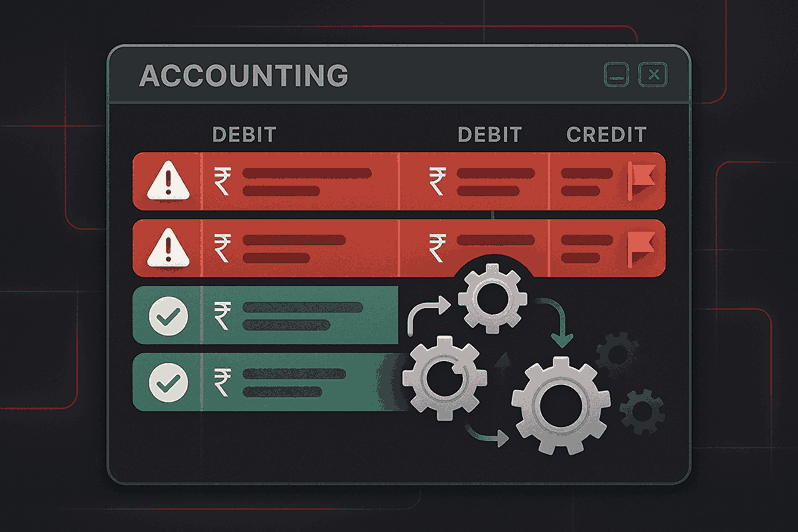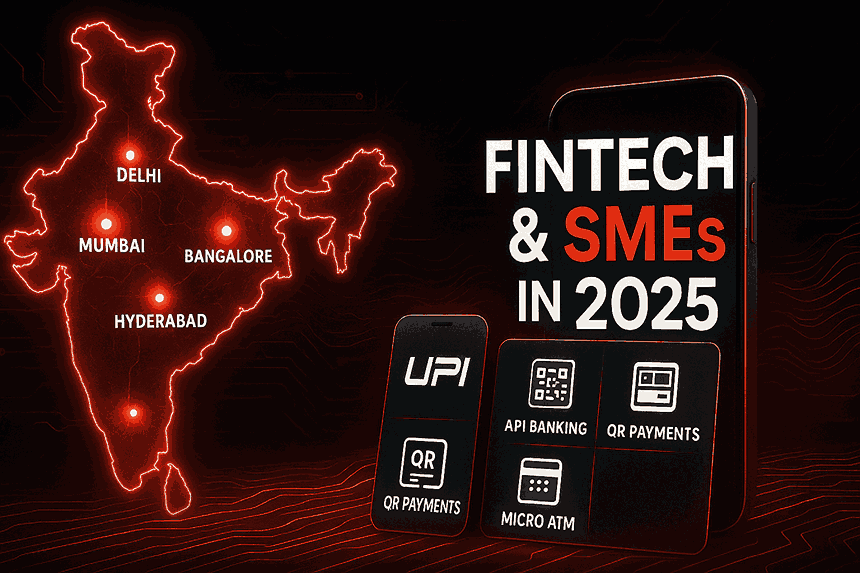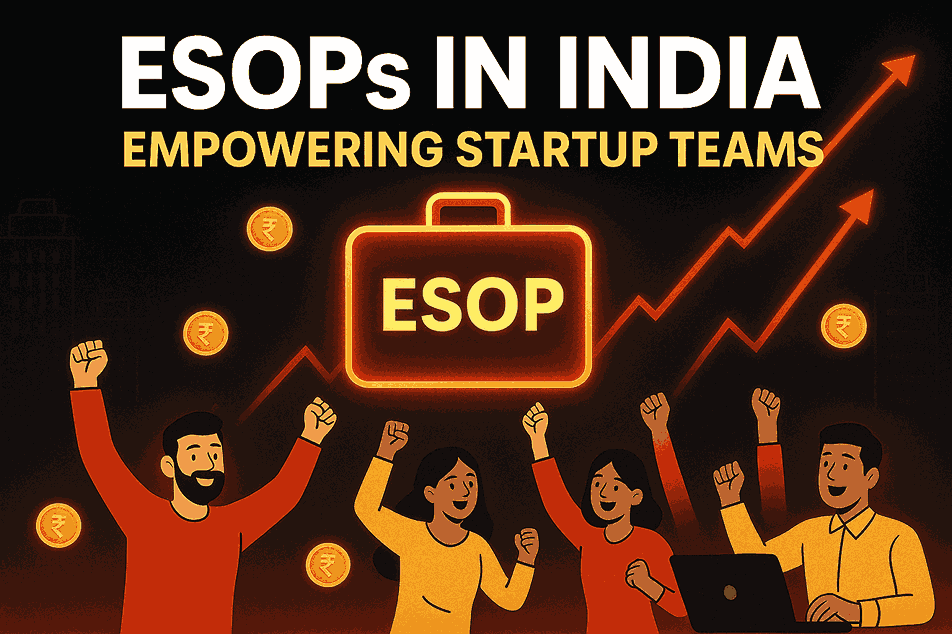Why Reconciliation Errors Happen & How Businesses Can Avoid Them

Reconciliation is one of the most important financial processes for any business — but it is also one of the most time-consuming and error-prone. Whether you run a small business or manage a large enterprise, matching payments with invoices manually can lead to delays, inaccuracies, and even financial losses.
With digital payments growing rapidly in India, SMEs often handle hundreds or thousands of transactions every month. Without the right systems in place, reconciliation errors can easily slip through the cracks.
To learn how modern unified platforms streamline business finance, explore SprintNXT
In this blog, we’ll break down why reconciliation errors happen, their impact on businesses, and how modern digital tools can eliminate them entirely.
Table of Contents
What Is Payment Reconciliation?
Why Reconciliation Errors Happen
Common Types of Reconciliation Errors
Impact of Reconciliation Errors on Businesses
How to Prevent Reconciliation Errors
How Digital Platforms Automate Reconciliation
Conclusion
Frequently Asked Questions (FAQs)
What Is Payment Reconciliation?
Payment reconciliation is the process of matching payments received with the correct:
Invoice
Customer
Transaction ID
Bank entry
Accounting record
The goal is to ensure accuracy between bank transactions and internal financial records.
Without proper reconciliation, businesses may lose track of revenue, miscalculate financial performance, or experience operational delays.
If your business handles large volumes of UPI payments or online collections, this guide may help
Why Reconciliation Errors Happen
Reconciliation errors are common, especially among SMEs relying on outdated or manual methods. Errors typically occur due to:
1. Manual Data Entry
Human errors while entering invoice numbers or amounts.
2. Multiple Payment Channels
UPI, NEFT, IMPS, cash, cheques — multiple sources create confusion.
3. Missing Payment References
Customers often forget to add invoice numbers when transferring money.
4. Duplicate Transactions
Multiple payments for the same invoice or accidental repeats.
5. Multiple Bank Accounts
Funds spread across accounts with no unified view.
6. System Delays or Failures
Late settlement updates can cause mismatches.
These issues make traditional reconciliation slow and error-prone.
To learn about API automation and multi-bank visibility, check SprintNXT APIs
Common Types of Reconciliation Errors
Businesses often encounter:
1. Duplicate Payments
Same payment recorded twice due to manual oversight.
2. Unmatched Entries
Payment received but no corresponding invoice identified.
3. Incorrect Invoice Mapping
Amount paid does not match the invoice or wrong customer is mapped.
4. Missing Transactions
Payments not recorded due to communication gaps or system issues.
5. Bank Posting Delays
Transactions appearing late in bank statements.
These mistakes disrupt the accuracy of financial records.
Impact of Reconciliation Errors on Businesses
Reconciliation errors may seem small, but the impact can be significant:
Cash flow mismanagement
Delays in accounting and audits
Operational bottlenecks
Vendor payment delays
Customer disputes
Higher administrative workload
Financial inaccuracies affecting decision-making
Over time, recurring errors can damage credibility and increase compliance risks.
To improve vendor payouts, explore automated payout workflows
How to Prevent Reconciliation Errors
Businesses can eliminate most reconciliation errors by adopting structured processes:
1. Use standardized invoice formats
Ensures clarity and reduces mismatches.
2. Automate payment reminders
Customers pay with the correct references.
3. Reduce manual data entry
Digital tools minimize input errors.
4. Monitor transactions daily
Helps detect discrepancies early.
5. Centralize all payment channels
Use a unified system to track collections.
6. Use virtual accounts and UPI IDs
Assign unique identifiers to customers or invoices.
When businesses streamline collection systems, reconciliation becomes faster and more reliable.
How Digital Platforms Automate Reconciliation
Unified business banking platforms like SprintNXT simplify reconciliation through automation.
With features such as:
Auto-matching of payments
Virtual accounts for every customer or invoice
Real-time transaction syncing
UPI and bank transfer tracking
Multi-bank account visibility
Automated payout and collection workflows
SprintNXT helps businesses eliminate manual matching, reduce errors, and maintain accurate financial records.
This leads to:
Faster closing cycles
Improved cash flow visibility
Lower admin workload
Better financial control
Conclusion
Reconciliation errors are common but avoidable. With increasing digital payments and higher transaction volumes, manual reconciliation is no longer practical for growing SMEs.
By using automated tools, structured workflows, and virtual accounts, businesses can eliminate errors, improve financial accuracy, and focus more on growth than paperwork.
Platforms like SprintNXT offer automated reconciliation and real-time financial visibility — making it easier for SMEs and enterprises to run their operations smoothly.
Frequently Asked Questions (FAQs)
1. What causes reconciliation errors?
Manual data entry, missing references, duplicate payments, and multiple payment channels.
2. How can businesses reduce reconciliation errors?
By automating collections, standardizing invoices, using virtual accounts, and tracking payments regularly.
3. What is automated reconciliation?
A system that automatically matches incoming payments with invoices or customers.
4. Why is reconciliation important?
It ensures accurate financial records, better cash flow management, and smooth operations.
5. Can digital platforms help automate reconciliation?
Yes. Solutions like SprintNXT auto-match transactions, track multi-bank accounts, and provide real-time visibility.




















